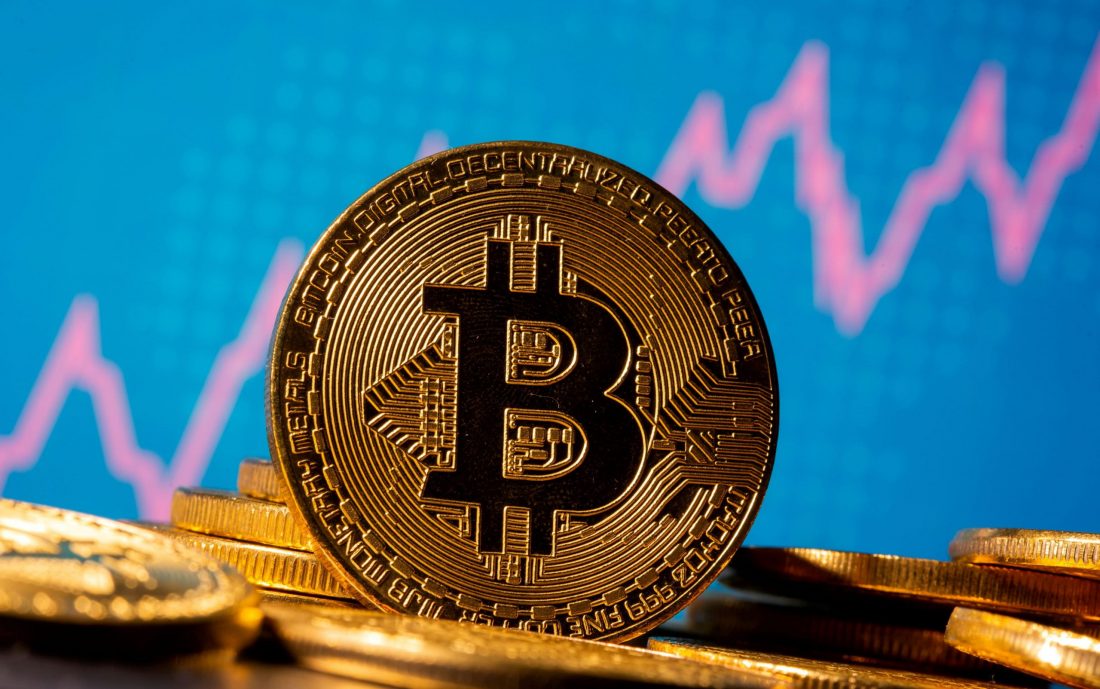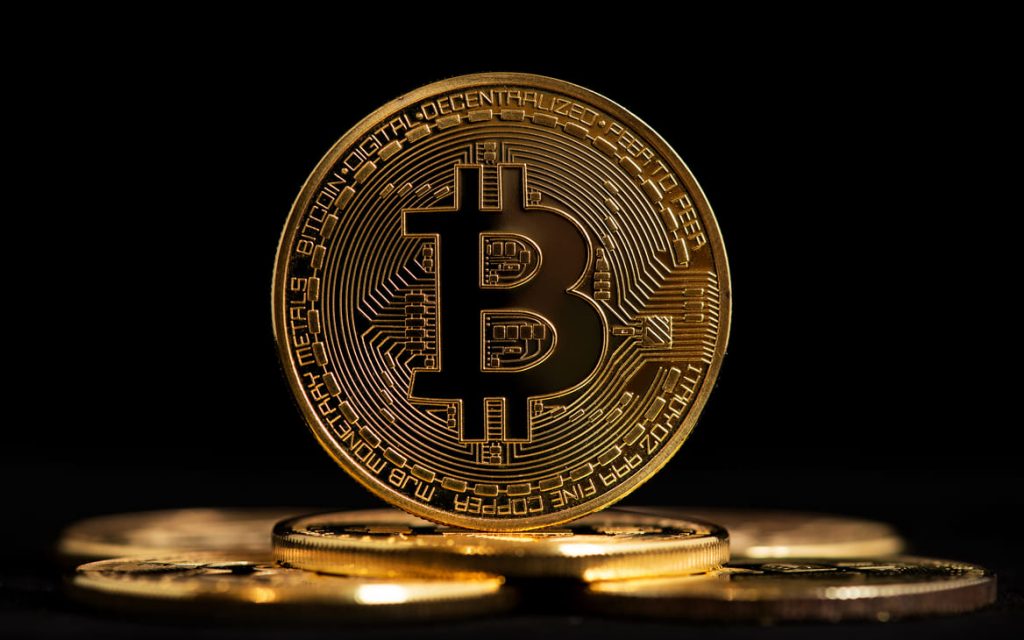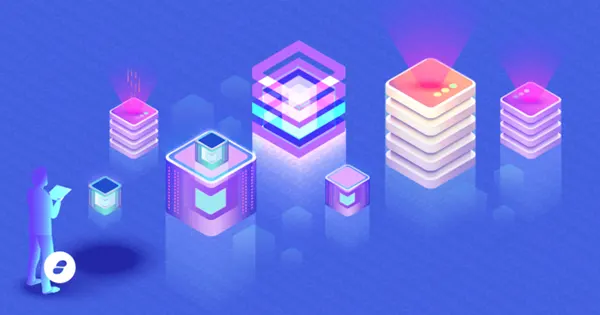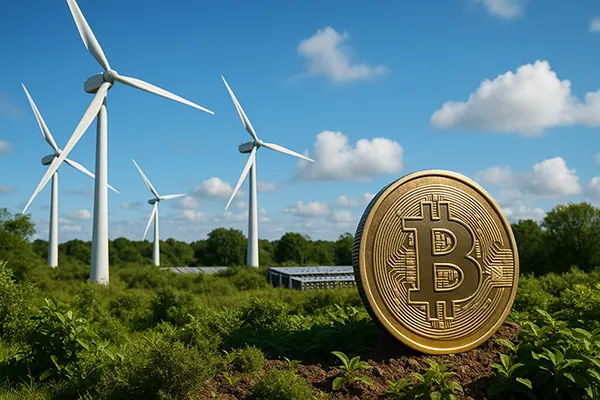
Bitcoin Review- Everything you Need to Know
Even though it has been around for more than a decade, Bitcoin, the pioneer cryptocurrency, became mainstream in 2017. This is when it became top choice for making ransomware payments and its value soared to $19,000 before it crashed. Since then, other cryptocurrencies have also been introduced and they have also enjoyed similar trajectories. Meanwhile, the technology that powers Bitcoin, referred to as blockchain, has become the new buzzword for the tech and financial industries. Despite all the hype surrounding it, only a handful of people truly understand what Bitcoin is and how it works. This cryptocurrency review can tell you everything you need to know about Bitcoin & if you want to learn more about Bitcoin then you should visit Xtrgatescam.
What is Bitcoin?
First things first, Bitcoin is a digital-only, decentralized currency, which means it is not governed by any central monetary authority. There is a peer-to-peer computer network for keeping track of Bitcoin transactions and additional Bitcoins are creating through the process of ‘mining’. With Bitcoin transactions, you don’t need to figure out international exchange rates and there are no middlemen to charge you any fee.
This cryptocurrency was created in 2009, following the near-collapse of the global financial market. A whitepaper was published online by Satoshi Nakamoto, the mysterious founder of Bitcoin. It discussed the idea of a decentralized digital currency that would be free from interference from financial institutions and governments. He created the online bookkeeping system for recording and tracking Bitcoin transactions and also mined the first ever Bitcoins. As the software for creating, tracking, exchanging and holding Bitcoins is open-source, you can use it for free.
What is Bitcoin’s Price?
When it was first introduced in 2009, Bitcoin didn’t have a hefty price tag. You could purchase more than 1300 Bitcoins with a single U.S. dollar. However, as it gained international popularity, speculation caused its value to reach $260 in April, 2013. The value plummeted once again to $50 after a few cyberattacks in the month that prompted panic selling. Then again, Chinese speculation caused the price of a single Bitcoin to soar to $1,300. That was when the Chinese central bank took measures for preventing domestic trading of Bitcoin.
Throughout 2015, Bitcoin traded between the range of $200 and $400, but the price began to move again in mid-2016. In the next 18 months, it reached its peak at $19,000 in December 2017. It did crash over the next year and started 2019 at a rate of $3,000. In the mid-year, it surged once again to reach $14,000 in June and $10,000 in July. As of this writing, Bitcoin’s price has reached $6,071 due to the Coronavirus pandemic. The fluctuations in Bitcoin price, for the most part, are due to its capped amount of 21 million.
How to buy Bitcoins?
The good thing about Bitcoins is that anyone can buy them. You will first have to set up a Bitcoin wallet, which can be done on your computer or through an online Bitcoin service. Some of these services include Coinbase, Electrum and Mycelium. Bitcoin wallet apps are also available in Google Play Store and iTunes App Store. Most of these services will guide you on how to set up your account.
When you have done so, you will use a broker for purchasing Bitcoin. Coinbase is a good starting point, but there are other brokers like Poloniex, GDAX and CEX that you can use. You can make the purchase through bank transfer, debit or credit card.
What is Bitcoin Mining?
You can use real money to purchase Bitcoin or you can also ‘mine’ them. What does this mean? Put simple, Bitcoins are generated by users by solving complex mathematical algorithms. These can help in verifying the creation of new Bitcoins in the blockchain, which is the encrypted ledger designed for recording and registering all Bitcoin activity, including the transfer of Bitcoin between different users. Over time, the algorithms become more difficult.
All transactions are tracked by blockchain hosts and new transactions are broadcasted across the network, which adds to the blockchain. Computers that are part of the network communicate with each other and make updates to the blockchain. Once the blockchain updates have received approval and packaged into a block, they receive 12.5 Bitcoins. Initially, when Bitcoin was introduced, the reward was $50 Bitcoins. But, with every 210,000 blocks registered, the amount is halved.
As mentioned earlier, there are a total of 21 million Bitcoins that can ever be mined. Thanks to this cap, it is not possible to flood the market and devalue the ones that are already in circulation.
It should be noted that even though mining Bitcoins is undoubtedly lucrative, you have to make upfront investment in robust computer hardware and software. There was a time when old computers could be used, but not anymore. Some miners use high-end graphic cards that are usually reserved for gaming, but the best method is to go for a Bitcoin mining application-specific integrated circuit (ASIC). After you have arranged the hardware for mining Bitcoin, it would be a good idea to join a mining pool. This is when a group of people work together for solving a block.
You can do it on your own, but it will take longer and not be as rewarding. In order to get Bitcoins, miners are required to verify 1 MB of transactions and have to be the first ones to compute a 64-digit hexadecimal number. When you work in a pool, there is a higher possibility of getting a reward, even if you have to share it.

Are Bitcoins Legal?
Since this cryptocurrency is not regulated by any government, people do have some concerns about its legality. It can be used in the US because Bitcoin doesn’t have a physical form. It is legal and regulated in Mexico and Canada and also has legal status in Australia, New Zealand and most of Europe. Private citizens in China can hold Bitcoin, but it is illegal for financial firms. There are some countries where Bitcoins are outright illegal, such as Bangladesh, Ecuador, Nepal, Pakistan, Bolivia and Morocco. Countries like Taiwan, Russia, Columbia and Vietnam let you hold Bitcoins, but not use them.
Do Bitcoins Give you Anonymity?
You won’t be 100% anonymous when you use Bitcoin. Instead, you will be pseudonymous. This means that users are allowed to employ whatever handles or names they want. However, because of the transparent and fixed nature of the blockchain accounting system, all transactions you make are public and anyone can see how many Bitcoins exist in a wallet. You can get additional anonymity with Bitcoin ‘ATMs’, which can be used for trading cash for Bitcoins or vice versa. It is also possible to use multiple wallets or mix up Bitcoin services if you want to have an obscure digital trail. Other practices can also be implemented for hiding your identity.
Conclusion
The best thing about this cryptocurrency is that it is centralized, which means that you can make international deals without worrying about exchange rates or any extra fees. Bitcoin is free from government manipulation and interference and it is also transparent, which means you can know exactly what is happening with your money. It is not possible to forge Bitcoins due to which it has earned the title of ‘Money 2.0’.




